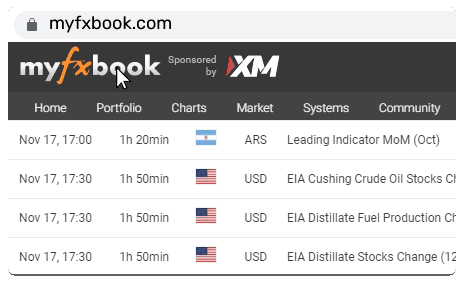Supreme Court's Tariff Battle: A Turning Point or More Uncertainty for Global Trade?

A high-stakes legal battle is unfolding at the US Supreme Court, where the future of hundreds of billions of dollars in tariffs is in question. On Wednesday, the court reviewed whether the President can impose tariffs under the International Emergency Economic Powers Act (IEEPA), a decision with massive implications for global markets. But will the outcome truly shift the balance of global trade, or will it just be another chapter in an ongoing tariff saga?
Supreme Court Justices Expresses Scepticism: What it Means for Tariffs and Global Markets
During oral arguments, a majority of justices cast doubt on the President's ability to use IEEPA to impose tariffs. Liberal justices like Jackson, Kagan, and Sotomayor opposed the government’s stance, while conservative justices raised concerns about potential executive overreach. Key figures like Justice Barrett and Chief Justice Roberts added to the uncertainty, questioning whether tariffs should be considered "lesser" trade restrictions or if they fall under the core powers of Congress.
This legal uncertainty sent shockwaves through the capital markets. Data from Polymarket revealed a dramatic drop in the likelihood of the court upholding tariffs from 40% to just 25%, signalling a shift in market expectations.
Could We See Tariff Refunds? The Billion-Dollar Question
The Supreme Court's decision, expected by December 2025 or January 2026, will likely be an "all-or-nothing" ruling. While there was some speculation that the court might address tariffs from different declared emergencies separately, the focus of the arguments suggests it will treat IEEPA tariffs as one unified bloc.
If tariffs are invalidated, the next challenge will be refunds. As of September, the US government has collected $89 billion in tariffs, a figure expected to grow to as much as $145 billion by the time the court rules. The process of claiming refunds could stretch over months or even longer.
What’s Next for U.S. Tariffs? Alternative Legal Paths to Reimpose Tariffs
Even if the Supreme Court strikes down tariffs under IEEPA, the US government has several other legal options to impose similar trade barriers. These include:
- Trade Act of 1974 (Section 122): Allows the President to impose tariffs up to 15% for 150 days without a lengthy investigation, offering a quick replacement for IEEPA tariffs.
- Trade Act of 1974 (Section 301): Empowers the US Trade Representative to impose tariffs with no limits on rates or duration, a tool that could quickly replace current tariffs.
- Trade Expansion Act of 1962 (Section 232): Used for steel, aluminium, and auto tariffs, this section could be expanded to target other goods on national security grounds.
- Tariff Act of 1930 (Section 338): Permits the President to impose tariffs of up to 50% on countries discriminating against the US, without the need for an investigation.
What Does This Mean for Global Trade and Investors?
Ultima Markets believes that the Supreme Court’s ruling is likely more procedural than definitive. Even if the court blocks tariffs under IEEPA, other legal mechanisms will likely be used to replace these tariffs with new ones. This could mean:
Minimal Impact on Major Trading Partners
Any reduction in tariffs will likely be offset by new tariffs authorised under alternative laws.
Potential Benefits for Smaller Trading Partners
Countries affected by tariffs under IEEPA may see slight relief if alternative tariffs carry a lower cap (such as the 15% under Section 122).
Increased Uncertainty for Trade Agreements
Existing trade deals might face new challenges, forcing the U.S. government to reassert tariffs and potentially sparking fresh trade disputes.
For businesses and investors, the Supreme Court’s decision won’t mark the end of the tariff debate. The shifting legal landscape promises more uncertainty, keeping global markets on edge.
Conclusion
As global trade shifts, understanding how tariffs impact currency markets is crucial for traders. Stay ahead by engaging in currency trading with Ultima Markets. To deepen your knowledge and enhance your trading skills, visit our UM Academy for the latest insights and strategies.
Disclaimer
The comments, news, research, analysis, prices, and other information contained herein are provided as general market information for the purpose of assisting readers in understanding market conditions and do not constitute investment advice. Ultima Markets has taken reasonable measures to ensure the accuracy of the information but does not guarantee its accuracy and may change it at any time without notice. Ultima Markets will not be liable for any loss or damage, including but not limited to any loss of profit, which may arise directly or indirectly from the use of or reliance on such information.





















